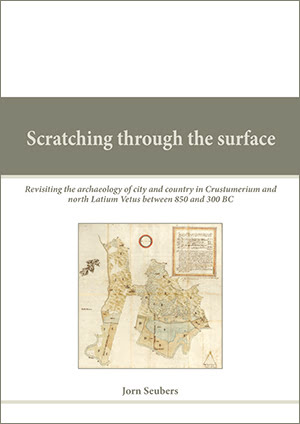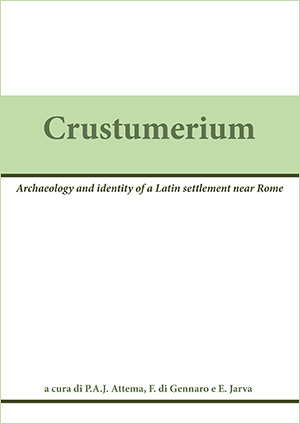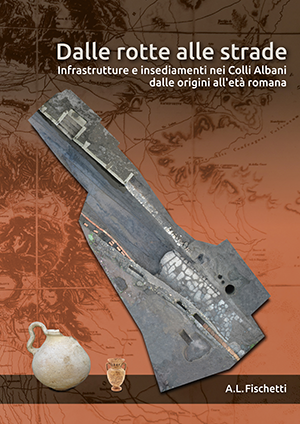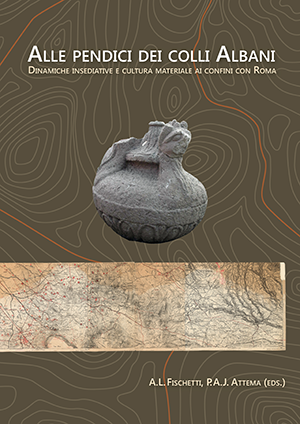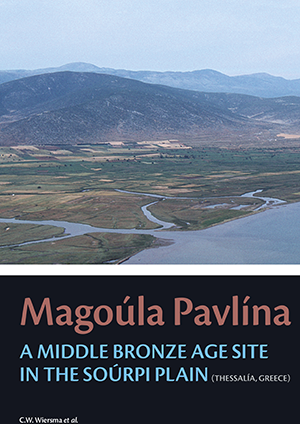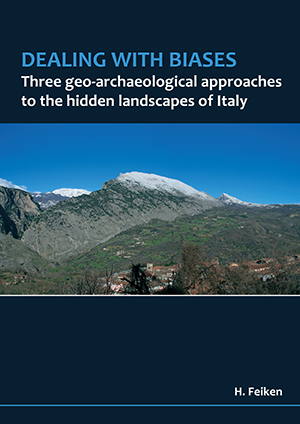This volume presents a detailed description and analysis of the structure and layout of the Southeast Gate of New Halos, a Hellenistic city in Thessaly (Greece). The gate was excavated in the period 1995-2006. An impressive enceinte, 4.7 km long and fortified with at least 120 towers, surrounded the lower and upper town of Halos. Excavation of a series of houses in the lower town revealed that the city, probably founded in 302 BC by Demetrios Poliorketes, was abandoned after an earthquake around 265 BC. The Southeast Gate, flanked by two towers, gave accessto the city from the south. Numerous artefacts show that after the earthquake the gate complex was used as a large farmstead where agricultural produce was processed and stored. Today, the walls of this well-preserved courtyard gate still stand two to five metres above the bedrock.
Reviews
Emeri Farinetti in Journal of Greek Archaeology 5 (2020), pp. 604-606, https://archaeopresspublishing.com/ojs/index.php/JGA/issue/view/10 (last visited 9 October 2023)
Bradley A. Ault in Antiquity 90, 351 (2016), pp. 823-824
Preface 7
Introduction 10
1 Classical and Hellenistic Halos in their historical context 13
2 The physical surroundings and layout of Hellenistic Halos 27
3 Gates and circulation lines 45
4 Investigation of the Southeast Gate 61
5 Layout and structure of the Southeast Gate 75
6 Dating evidence 97
7 Artillery towers and courtyard gates 107
Summary 131
References 141
Appendix 1 145
Description and analysis of foundations
Appendix 2 159
Description and analysis of wall sections
Appendix 3 193
Catalogue of coin hoard ‘Halos 1995′
Appendix 4 199
Demetrios Poliorketes and the Thessalian Campaign of 302 BC
Publications on the investigations at Halos 205



